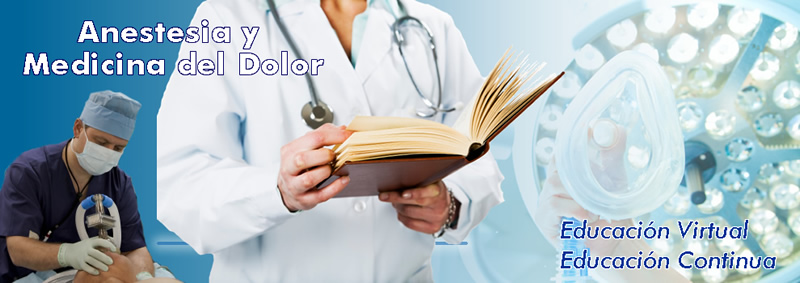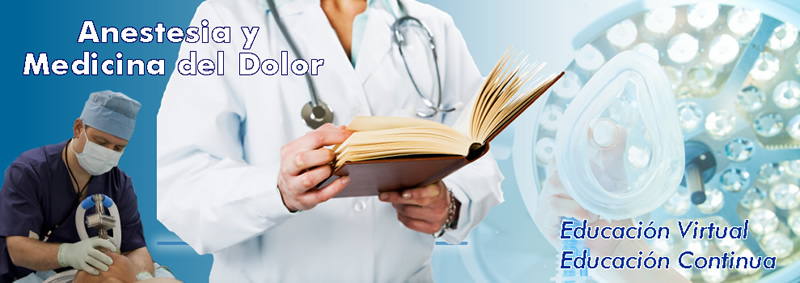La estratificación del riesgo preoperatorio minimiza las complicaciones de 90 días en pacientes con obesidad mórbida que se someten a una artroplastia total de rodilla primaria
Se ha demostrado que la modificación preoperatoria de los factores de riesgo asociados a la obesidad puede reducir las complicaciones tras la artroplastia total de rodilla (ATR). Sin embargo, el método óptimo para hacerlo sigue sin estar claro. El objetivo de este estudio fue investigar si una Herramienta de Estratificación de Riesgo (RST) preoperatoria diseñada en nuestra institución podría reducir las transferencias inesperadas a la unidad de cuidados intensivos (UCI) y las visitas al departamento de emergencias (SU) de 90 días, los reingresos y las reoperaciones después de la ATR en pacientes obesos. pacientes.
Revisamos retrospectivamente a 1.614 pacientes consecutivos sometidos a ATR unilateral primaria. Su edad media fue de 65,1 años (17,9 a 87,7) y el IMC medio fue de 34,2 kg / m2 (DE 7,7). Todos los pacientes se sometieron a optimización y monitorización perioperatoria mediante el RST, que es una herramienta de cálculo validada que proporciona una recomendación para la atención posoperatoria en UCI o un mayor apoyo de enfermería.
Los pacientes obesos tuvieron una tasa significativamente mayor de alta a un centro de rehabilitación en comparación con los pacientes no obesos (38,7% (426 / 1.102) vs 26,0% (133/512), respectivamente; p <0,001). Cuando se estratificó por IMC, el alta a un centro de rehabilitación permaneció significativamente más alto en comparación con los no obesos (26,0% (133)) tanto en obesos (34,2% (256), odds ratio (OR) 1,6) como con obesidad mórbida (48,0% (170) ), OR 3,1) pacientes (p <0,001).
Con el uso de una RST preoperatoria, los pacientes con obesidad mórbida tuvieron tasas similares de resultados adversos posoperatorios a corto plazo después de la ATR primaria que los pacientes no obesos. Esto respalda la afirmación de que los pacientes con obesidad mórbida pueden someterse a una ATR de forma segura con la optimización y el seguimiento perioperatorio adecuados.
https://pubmed.ncbi.nlm.nih.gov/34053302/
https://online.boneandjoint.org.uk/doi/abs/10.1302/0301-620X.103B6.BJJ-2020-2409.R1
Kerbel YE, Johnson MA, Barchick SR, Cohen JS, Stevenson KL, Israelite CL, Nelson CL. Preoperative risk stratification minimizes 90-day complications in morbidly obese patients undergoing primary total knee arthroplasty. Bone Joint J. 2021 Jun;103-B(6 Supple A):45-50. doi: 10.1302/0301-620X.103B6.BJJ-2020-2409.R1. PMID: 34053302.









